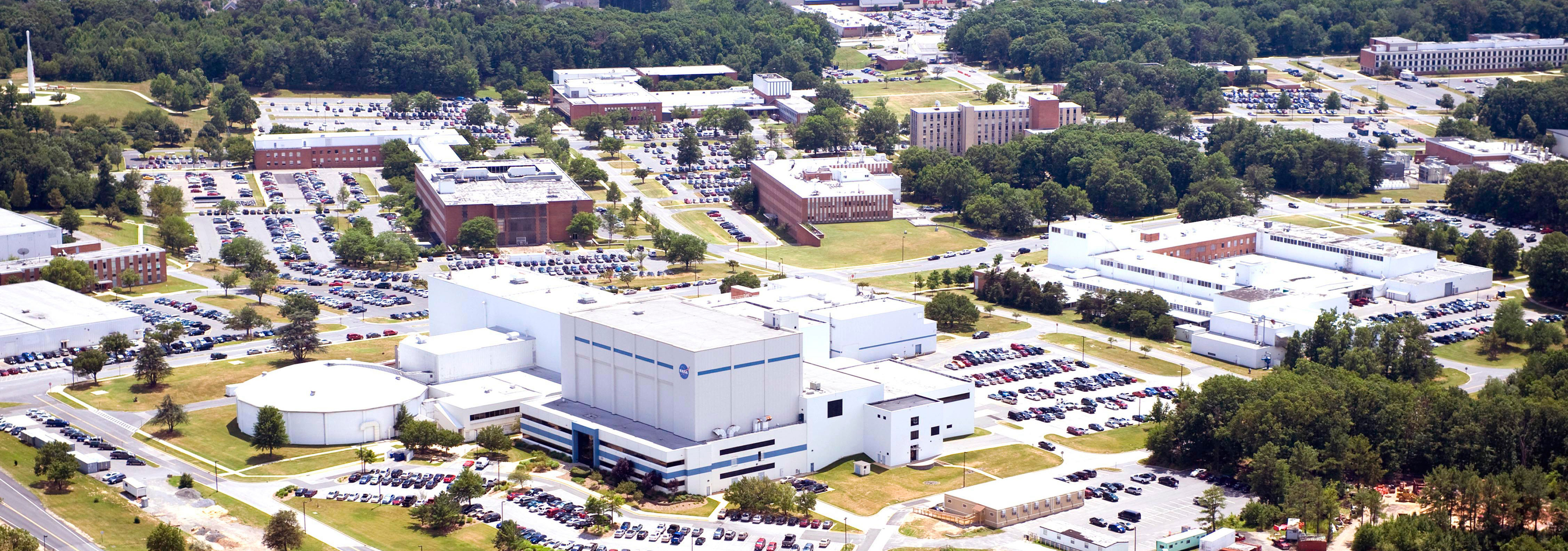
Building on the shoulders of space exploration giants, Goddard CubeSat mission concepts are designed with great care for maximum reliability and performance. State of the art instrument and design laboratories at the center ensures a thorough investigation of the multi-dimensional components of a space mission.
 |
NASA Begins Checkout of Dellingr Spacecraft Designed to Improve Robustness of CubeSat PlatformsNovember 28 2017NASA ground controllers have begun checking out and commissioning a shoebox-sized spacecraft that the agency purposely built to show that CubeSat platforms could be cost-effective, reliable, and capable of gathering highly robust science. The Dellingr spacecraft will begin science operations once ground controllers complete checkout, which began a few hours after the NanoRacks CubeSat Deployer aboard the International Space Station released the CubeSat into its low-Earth orbit Nov. 20. Press release |
 |
NASA Team Studies CubeSat Mission to Measure Water on the MoonNovember 9 2017A team of NASA scientists wants to draw a more complete picture of where water exists on the Moon and whether it migrates across the lunar surface, including in the permanently shadowed regions that haven’t seen sunlight in perhaps a billion years or more. The first hint of potential water at both lunar poles came in 1994, with the Clementine mission flown jointly by NASA and the Department of Defense. Since then, subsequent missions, such as Chandrayann-1, the Lunar Reconnaissance Orbiter, and the Lunar CRater Observation and Sensing Satellite, have detected three flavors of volatiles or chemicals that evaporate rapidly: a global layer of hydroxide and water that’s just one molecule thick, subsurface polar water ice, and polar surface water frost. Press release |
 |
NASA CubeSat to Test Miniaturized Weather Satellite TechnologyNovember 9 2017Behind every weather forecast—from your local, five-day prediction to a late-breaking hurricane track update—are the satellites that make them possible. Government agencies depend on observations from weather satellites to inform forecast models that help us prepare for approaching storms and identify areas that need evacuating or emergency first responders. Weather satellites have traditionally been large, both in the effort needed to build them and in actual size. They can take several years to build and can be as big as a small school bus. But all of that could change in the future with the help of a shoebox-sized satellite that will start orbiting Earth later this month. Press release |
 |
NASA Studies CubeSat Mission to Solve Venusian MysteryAugust 15, 2017Venus looks bland and featureless in visible light, but change the filter to ultraviolet, and Earth’s twin suddenly looks like a different planet. Dark and light areas stripe the sphere, indicating that something is absorbing ultraviolet wavelengths in the planet’s cloud tops. A team of scientists and engineers working at NASA’s Goddard Space Flight Center in Greenbelt, Maryland, has received funding from the agency’s Planetary Science Deep Space SmallSat Studies, or PSDS3, program to advance a CubeSat mission concept revealing the nature of this mysterious absorber situated within the planet’s uppermost cloud layer. Press release |